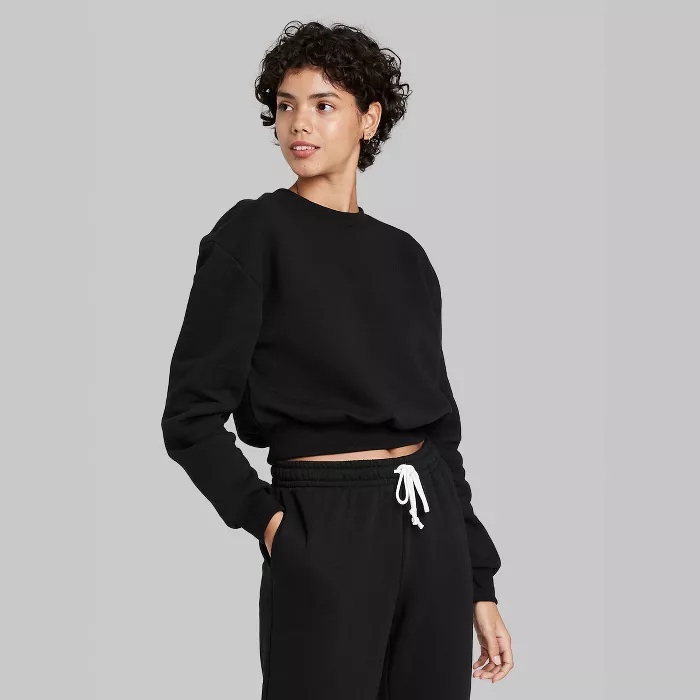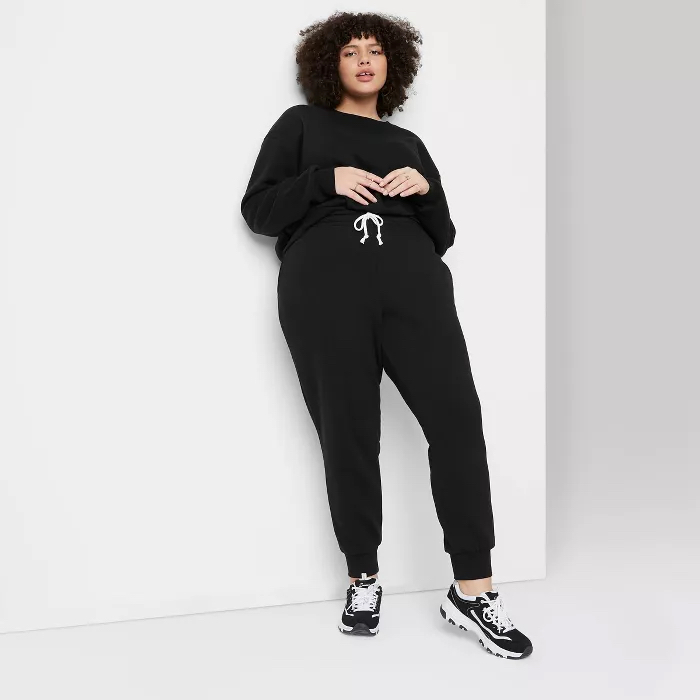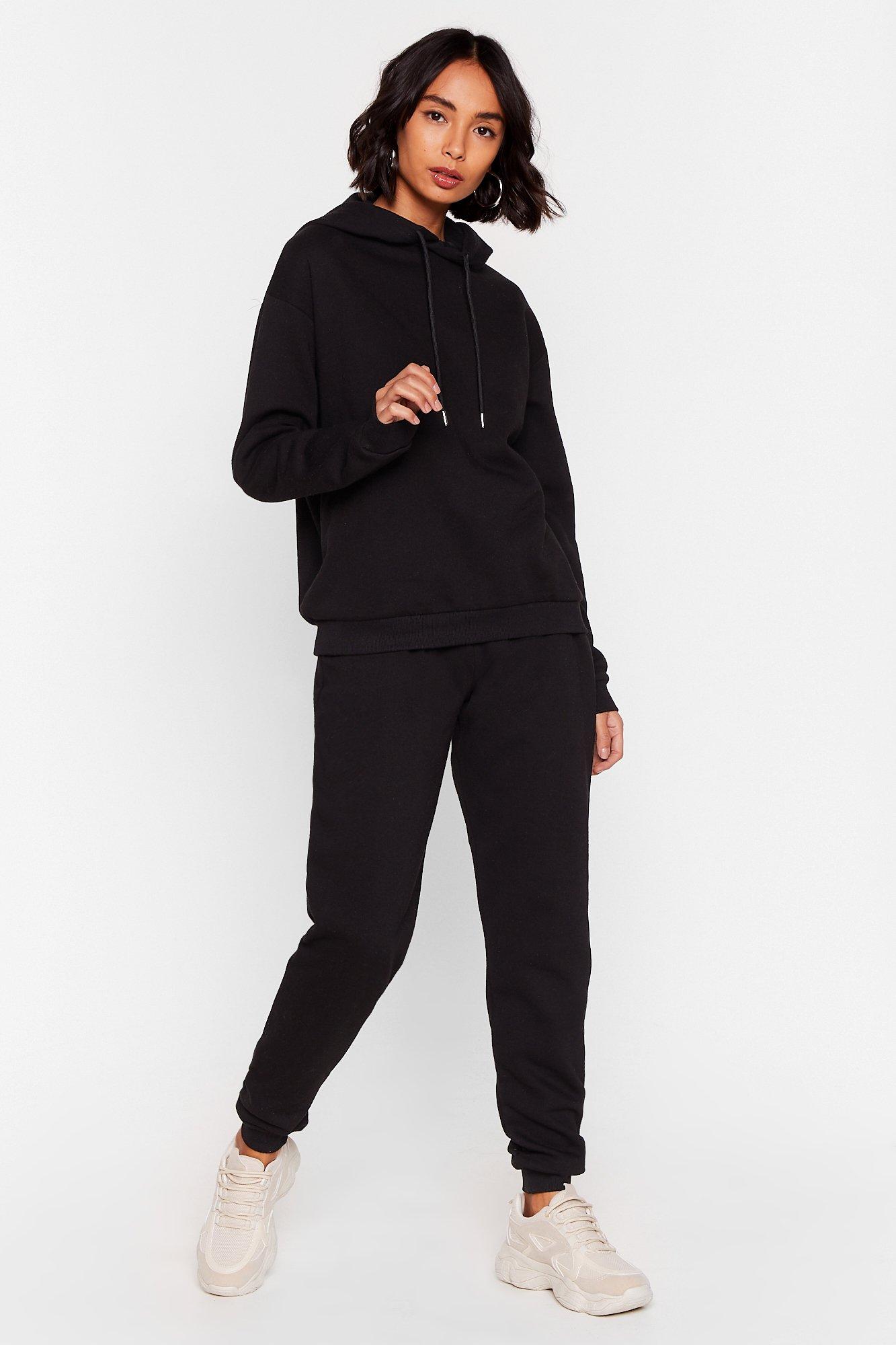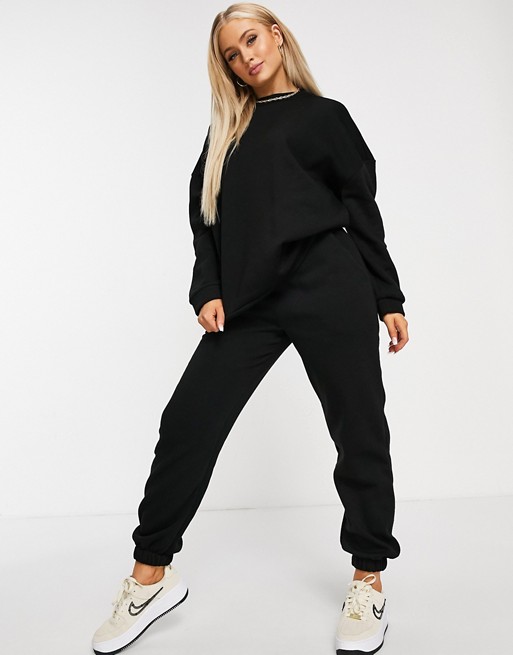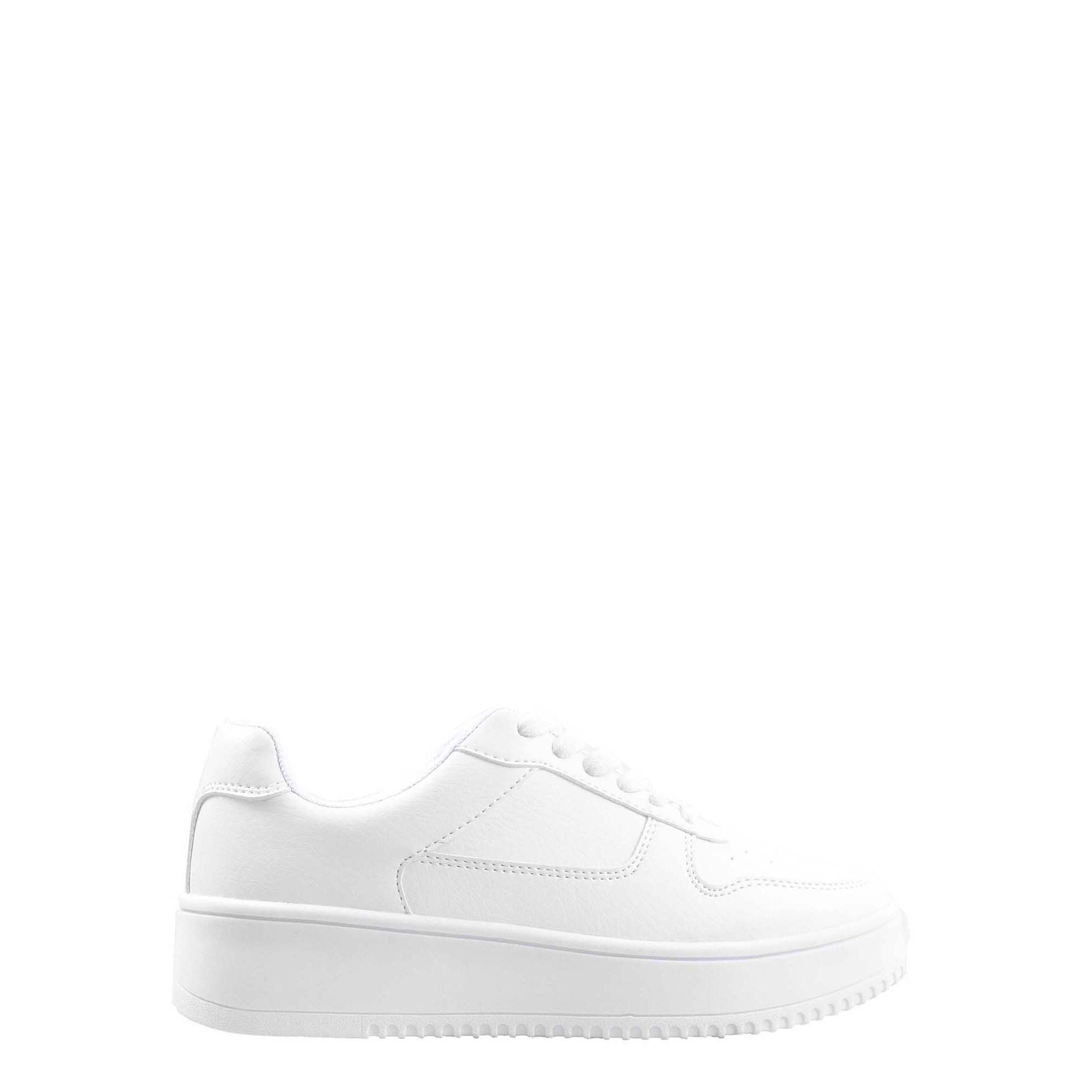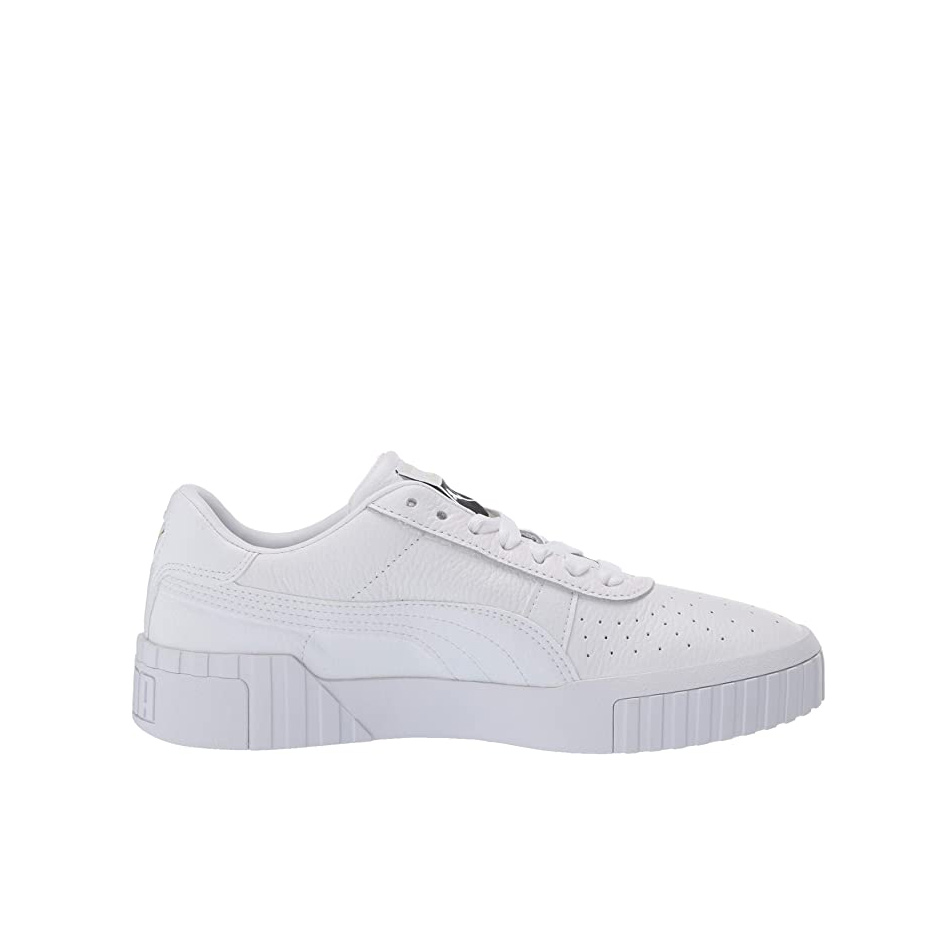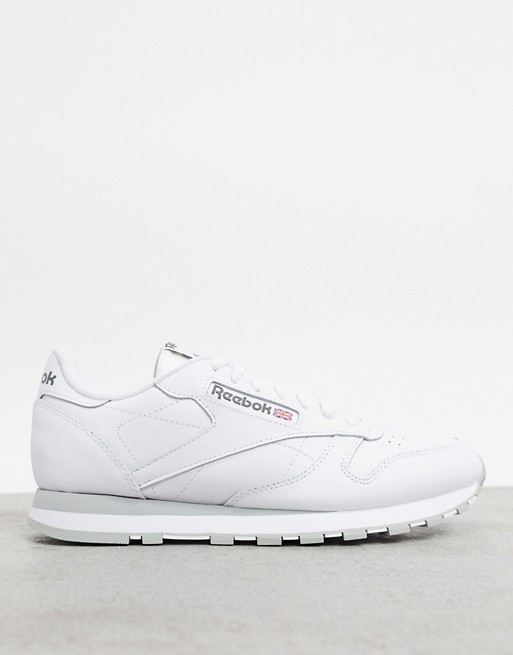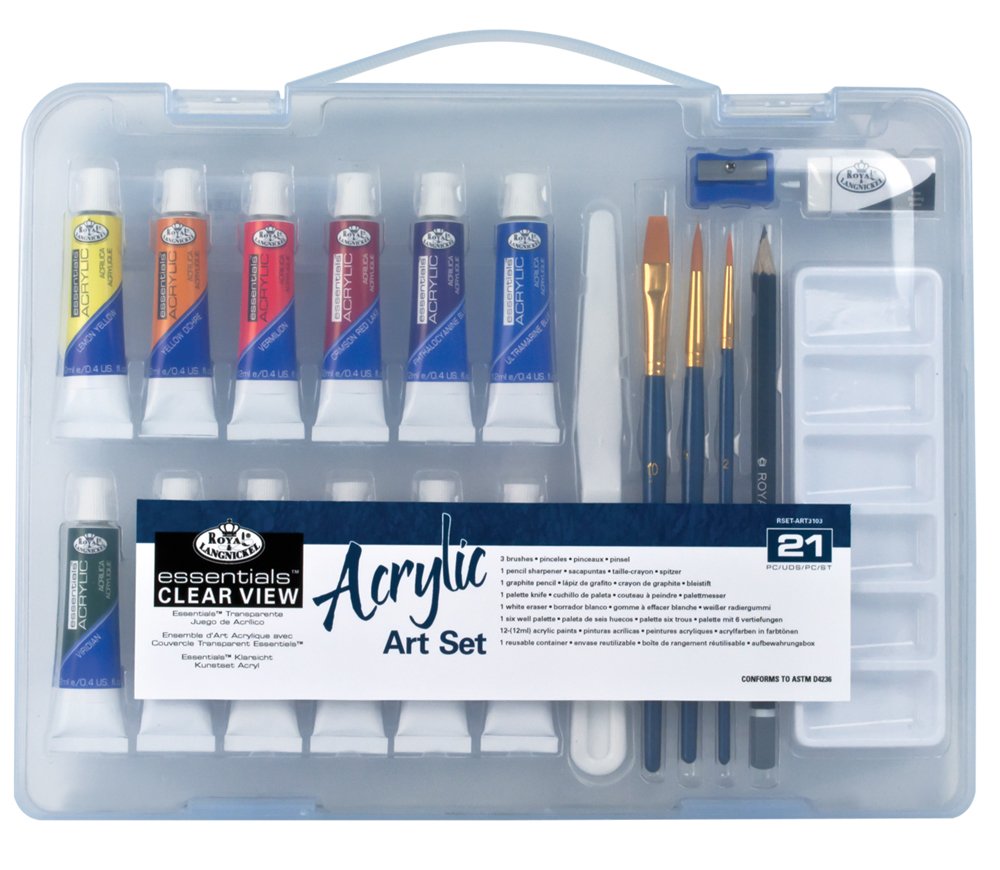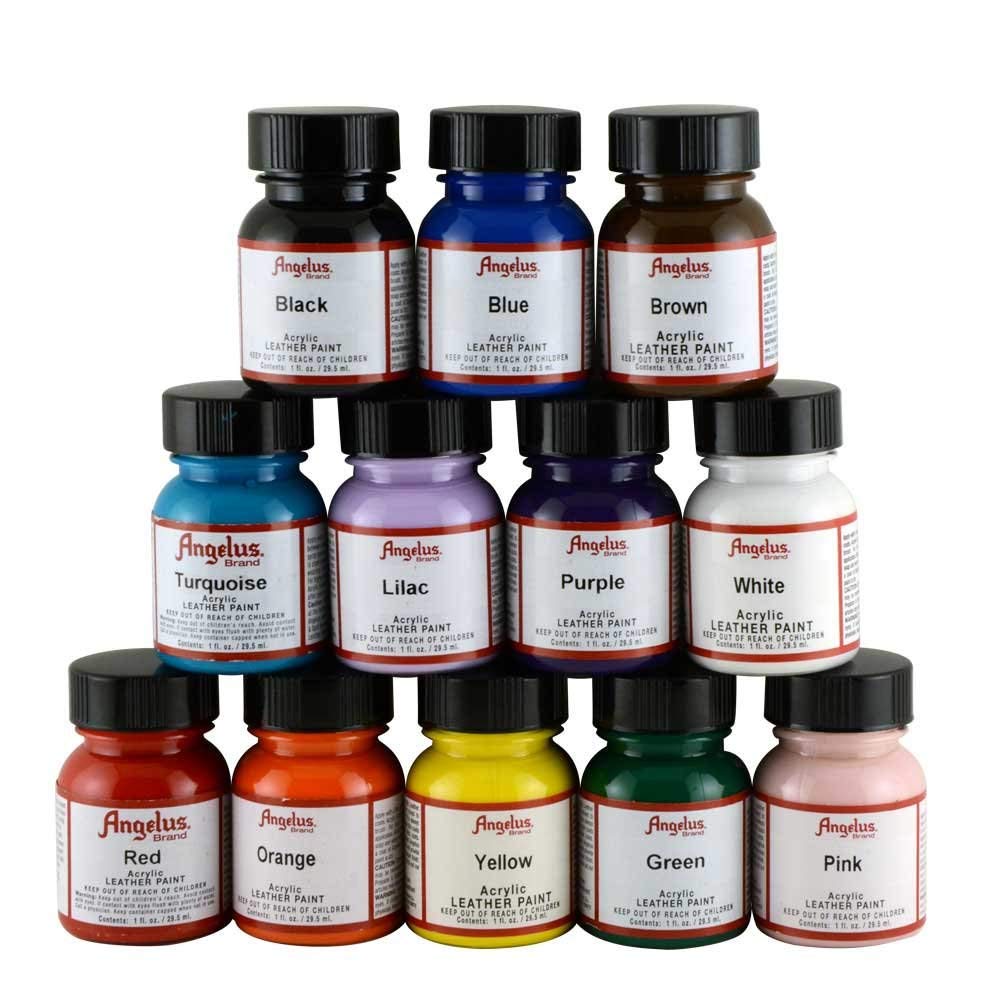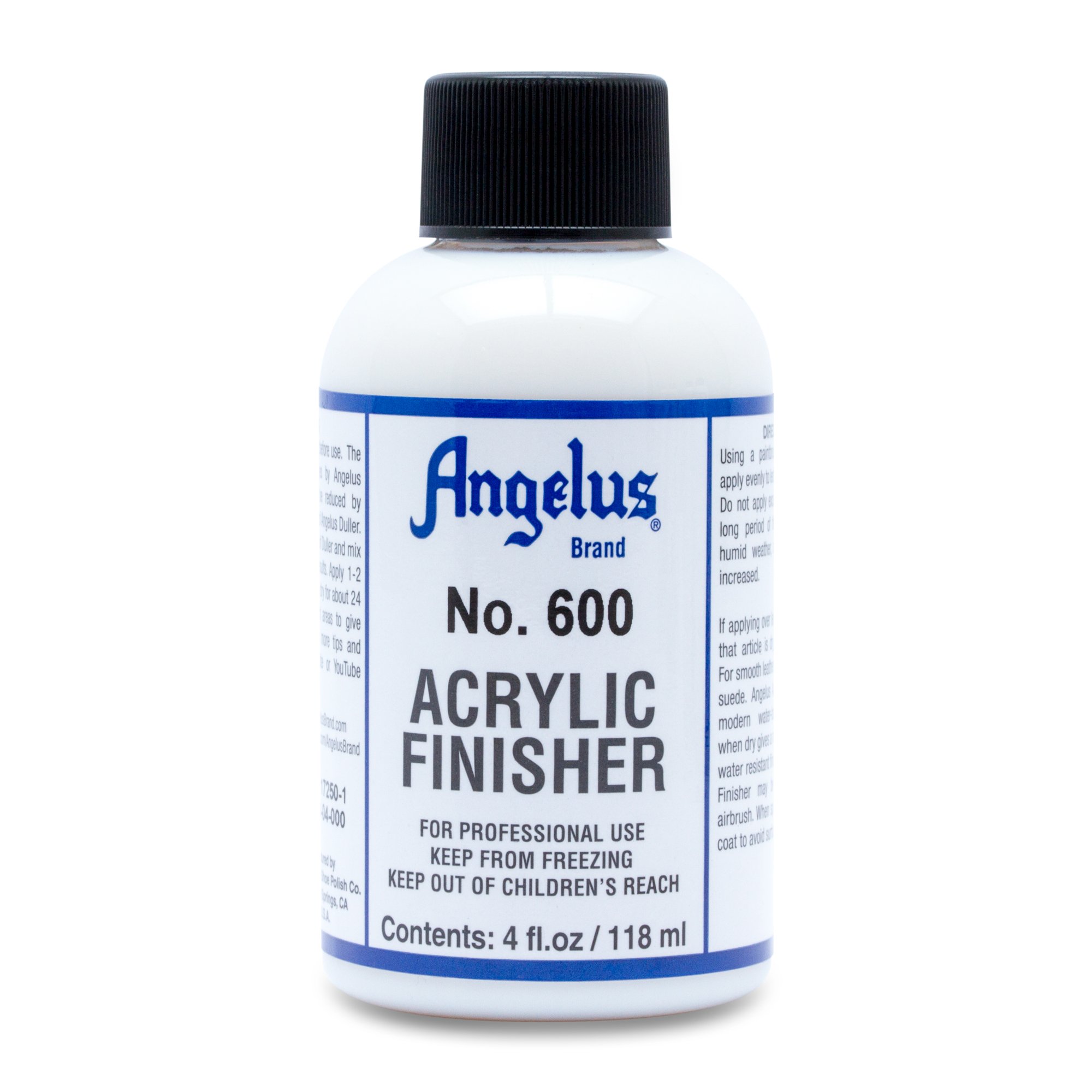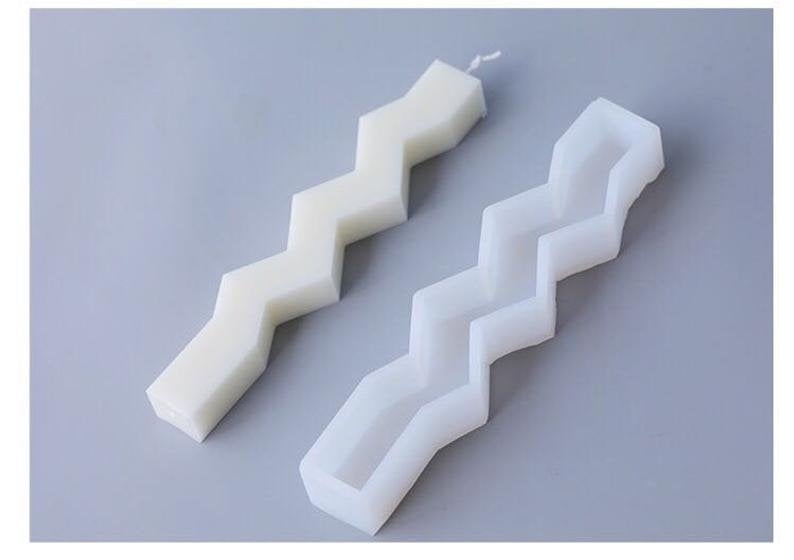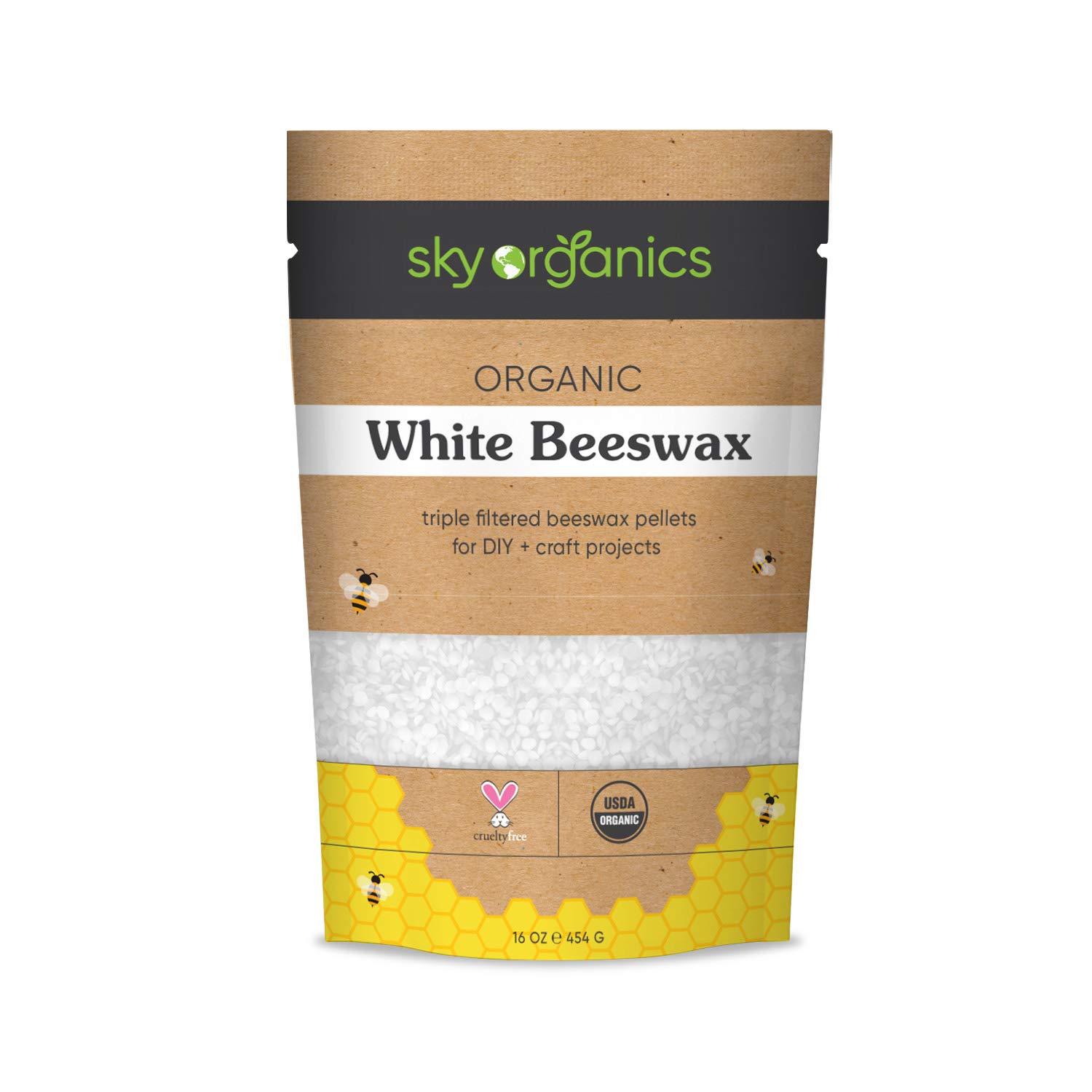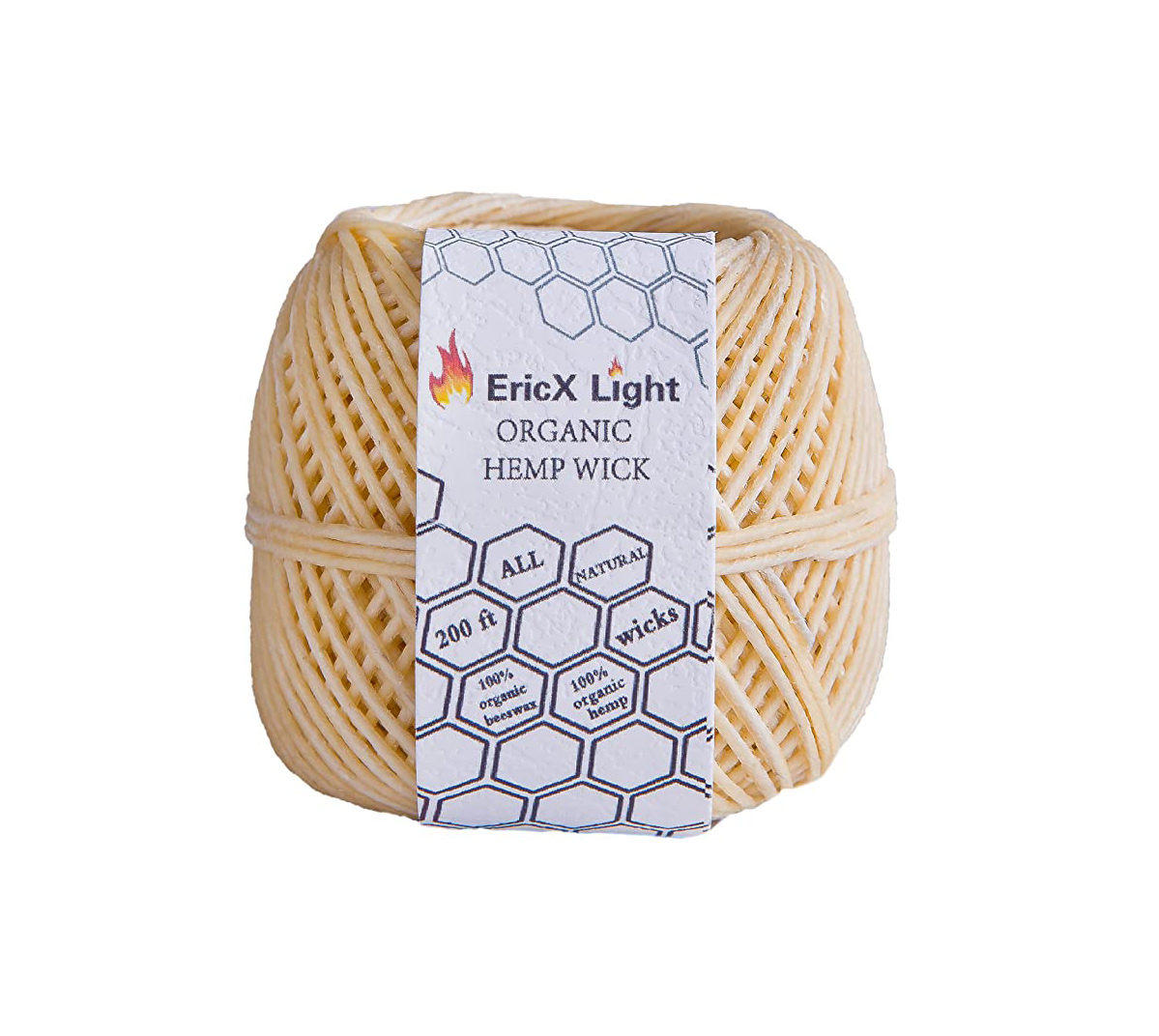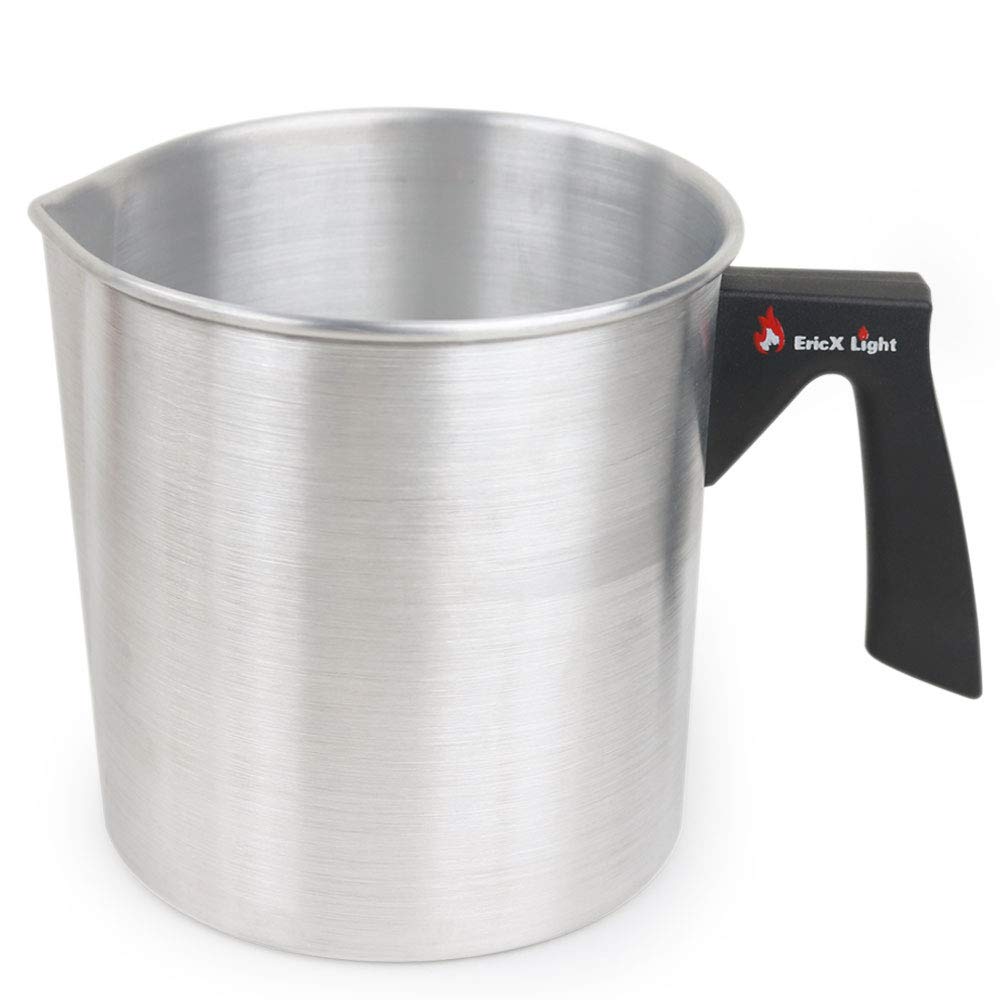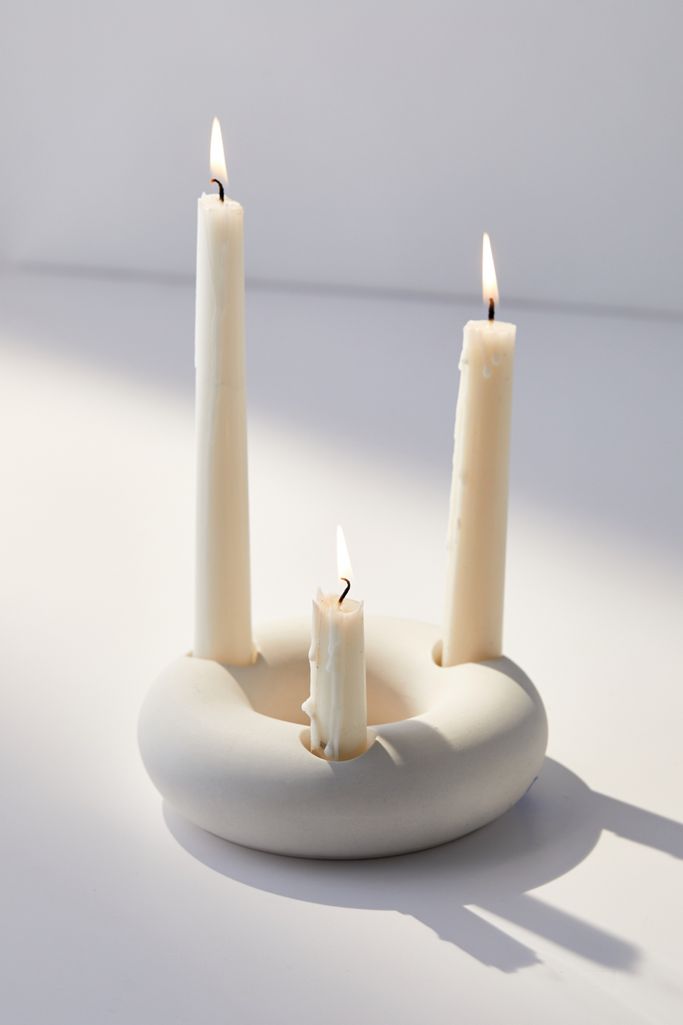I Tried the Internet’s Most Random Quarantine DIYs—and Things Got Interesting
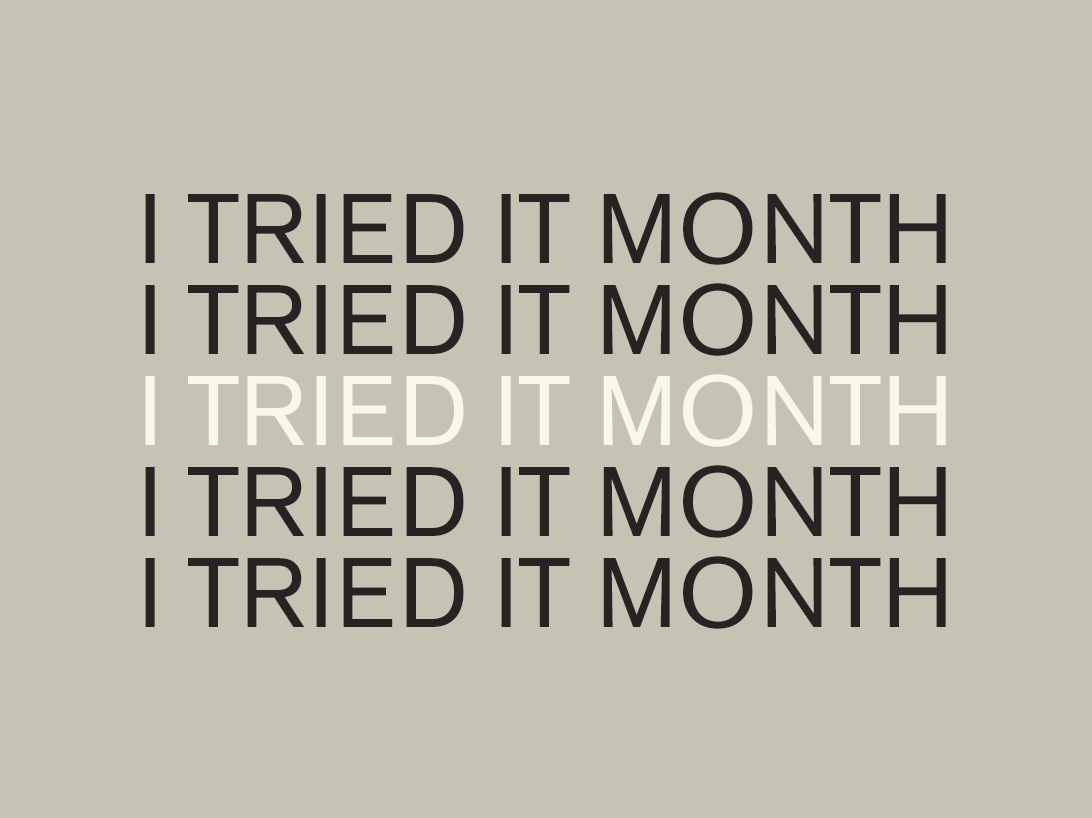
Welcome to I Tried It Month, where we’ll be publishing a new fashion, beauty, or wellness article every day in January that features a first-person account of shaking up an old habit, pushing beyond a comfort zone, or simply trying something new. Follow along for 31 days of storytelling, including everything from going without a cellphone for 40 days to trying the polarizing low-rise pants trend.
Studies show that boredom can lead to surges of creativity, which may precisely explain the sudden boom of DIYs all over my explore page. From thrift flips to make your own pasta from scratch, quarantine became a time to let your resourcefulness shine. Feeling inspired and with little else to do, I too went down the rabbit-hole of quarantine DIYs, deciding to try my hand at some of the internet's most popular projects. Taking this on was sort of a challenge to myself because I am a famously impatient person, and fail miserably when it comes to anything that involves handicrafts. But no time is as good as quarantine to discover a hidden talent, so I jumped headfirst into three internet DIYs. And naturally, things got interesting. Keep scrolling to see the fails and triumphs of my craft challenge.
Bleach Tie-Dye Sweatsuit
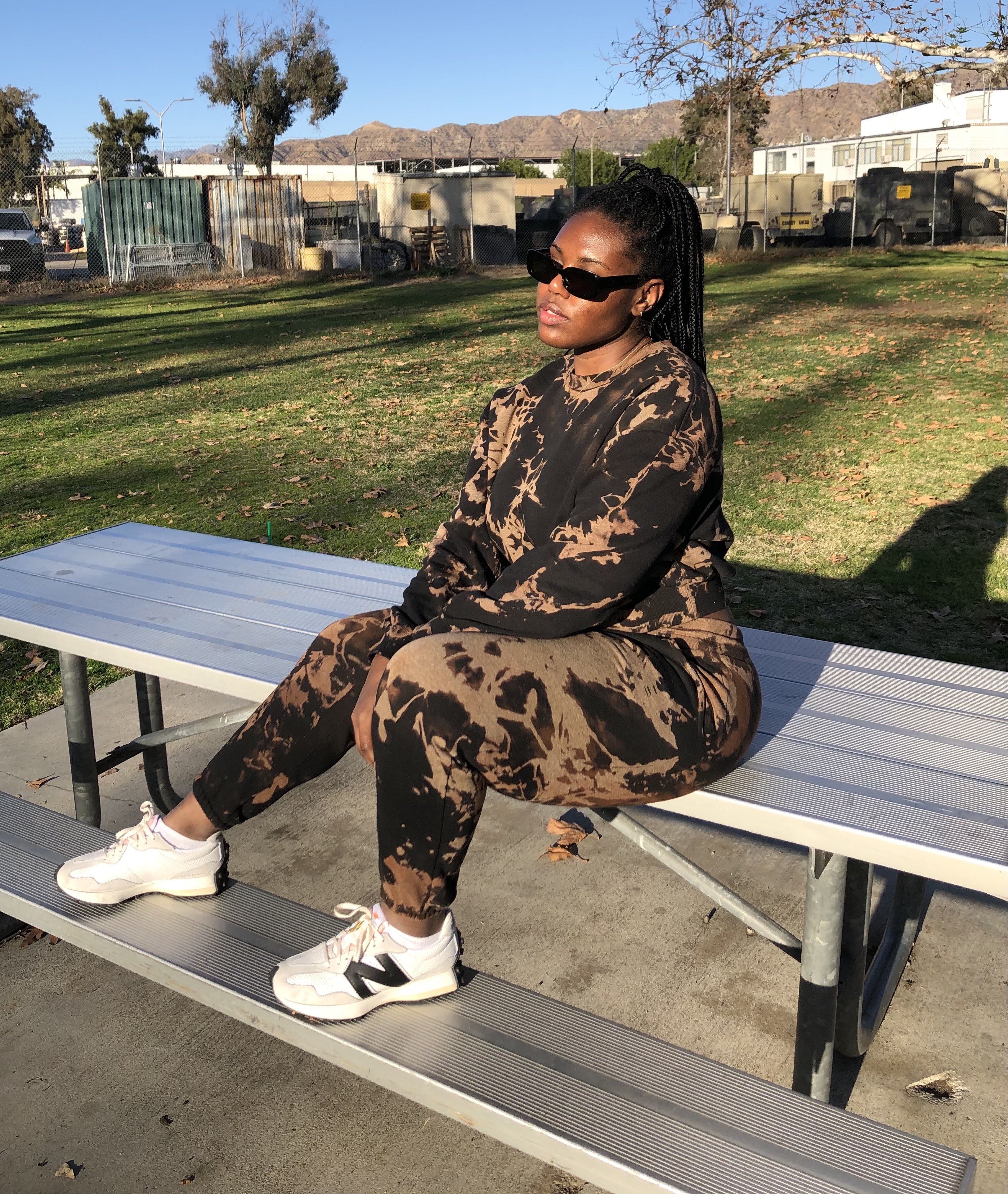
This DIY was the spark that started this challenge. I first came across this idea on Youtube, and of course, it didn't take long for it to make its way to virtually every Tik Tok out there. I started with this one first to test my craft skills since it was the most beginner-friendly of DIYs on my list, not to mention most of the items needed to make this, I already owned.
What do you need?
The list is short: you'll need a black sweatsuit, rubberbands, bleach, gloves, a fork, and a container to combine the diluted bleach solution.

How do you make it?
Using a fork, wrap each piece of your sweatsuit to create a pinwheel effect. Secure the resulting shape with large rubber bands, wrapping around the "pinwheel" shape. To create the tie-dye patterns, use rubber bands to bunch random sections of your sweatsuit. Next, create your bleach solution by combining bleach and water in a 1:1 ratio and pour it over your sweatsuit in random sections in a sink. Wait 8-10 minutes for the solution to soak in, and then rinse your sweatsuit until the water runs clear. Unravel the rubber bands and wash the sweats with detergent–you can hand wash or machine wash. Let them dry, and tadaa, you should have a bleach tie-dye sweatsuit.
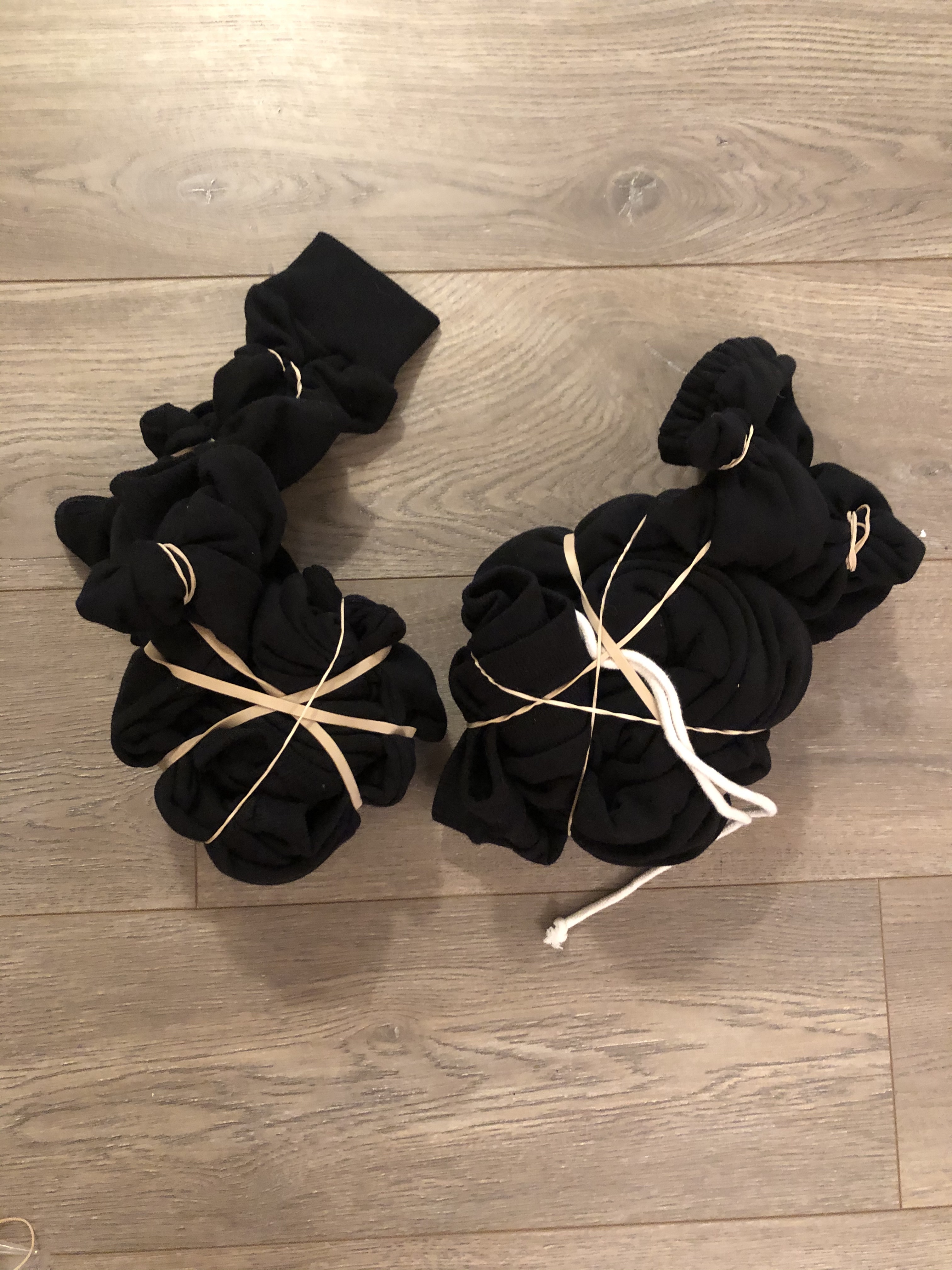
Final Thoughts:
Even for an uncrafty person like me, this was a highly rewarding and easy project. I love that I barely had to purchase extra supplies to make this, saving me $ in the long run. The pattern also looked like a fancy sweatsuit you could purchase for triple the price. If you don't have a black sweatshirt or sweatpants already and need to buy one for this project, don't bother shelling out big bucks–choose one that you can get for relatively cheap like Target's Wild Fable version. Ultimately, I'd definitely do this again.
Difficulty: 1/5
Shop Black Sweatsuits:
Painted Sneakers

Other than sweatsuits, no other fashion item feels as appropriate for the times as much as sneakers. I've been a big sneakerhead for years, but of course, during a time when comfort is of utmost priority, that obsession has only intensified. I've always been fascinated with the concept of custom sneakers–especially Air Force 1s–and felt even more compelled to try it out after seeing people paint their own kicks on social media. Since drawing and painting is not my strong suit, I was a little apprehensive about attempting this one.
What do you need?
Again, here the list is simple: all that's needed is your plain white leather sneakers, paint, paint brushes, and your imagination. If you want to extend the life of your painted design, use a leather paint finisher as a protective coat to prevent cracks in the paint. Knowing the extent of my limited artistic abilities, I didn't want to use actual Air Forces 1s (just in case I botched my painting) so instead, I opted for a similar, less expensive sneaker as a practice run.
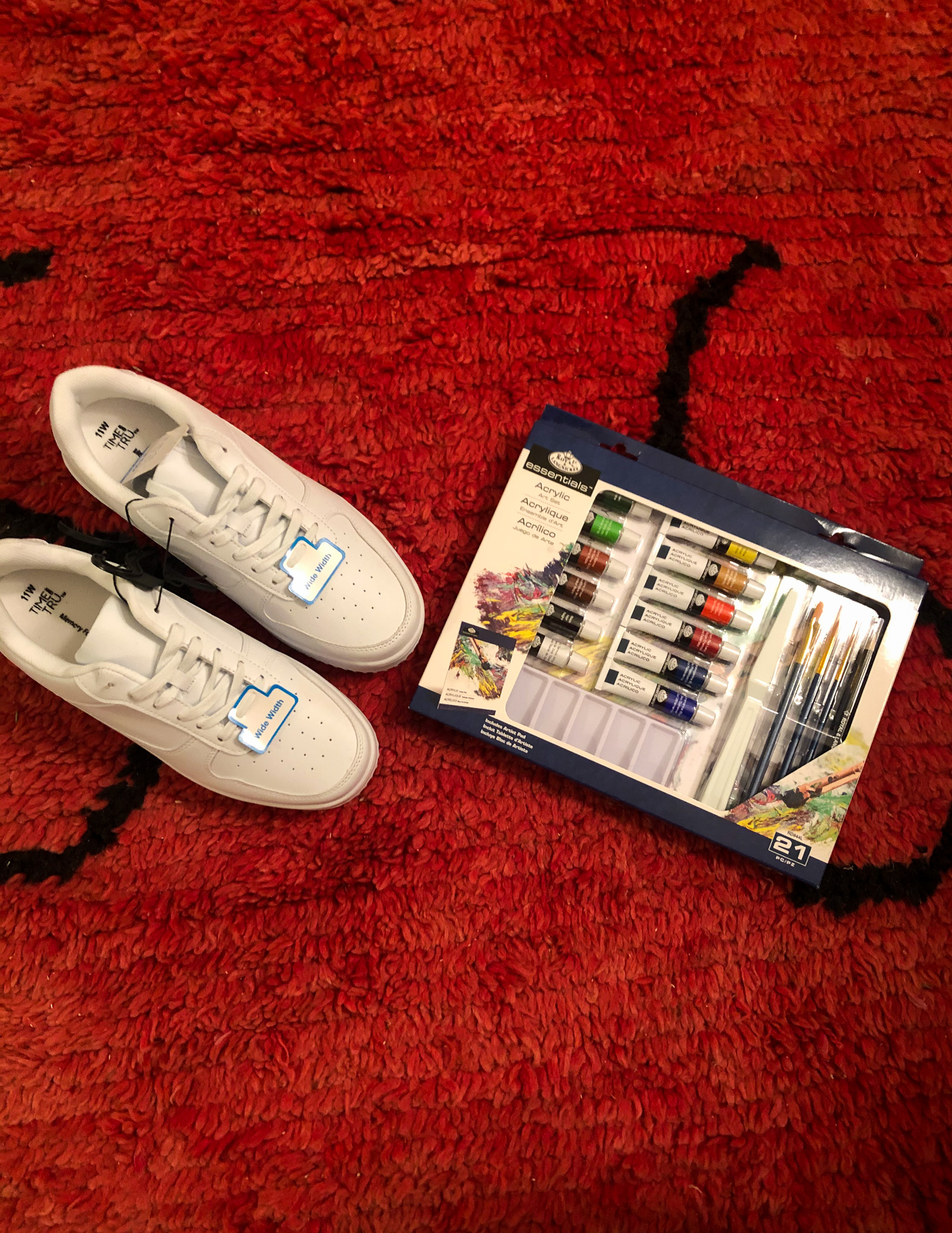
Final Thoughts:
For one I was quite shocked at how meditative this DIY was: I wouldn't say the thought of painting thrills me, but after several minutes spent sketching out designs and filling them in with my little paintbrush, I couldn't stop. Although I used acrylic paint–which is fairly easy to find at any local craft store–I would suggest using paint specifically formulated for leather for a longer-lasting finish. If you don't have any, acrylic paint will do the trick, but you may need to repaint over several sections for a more pigmented look. Not only was this project fun and calming, but it was also cool to customize a pair of kicks that felt tailor-made for me. My end result could use a little more work, but I plan on practicing until I feel comfortable painting my actual Air Force 1s. I scored this highest in difficulty of my DIYs because you are somewhat limited to your art skills. My painting isn't a Picasso by any stretch, but I wouldn't be ashamed to wear them outside.
Difficulty: 4/5
Shop White Leather Sneakers:
Shop Paint Supplies:
Candle Making
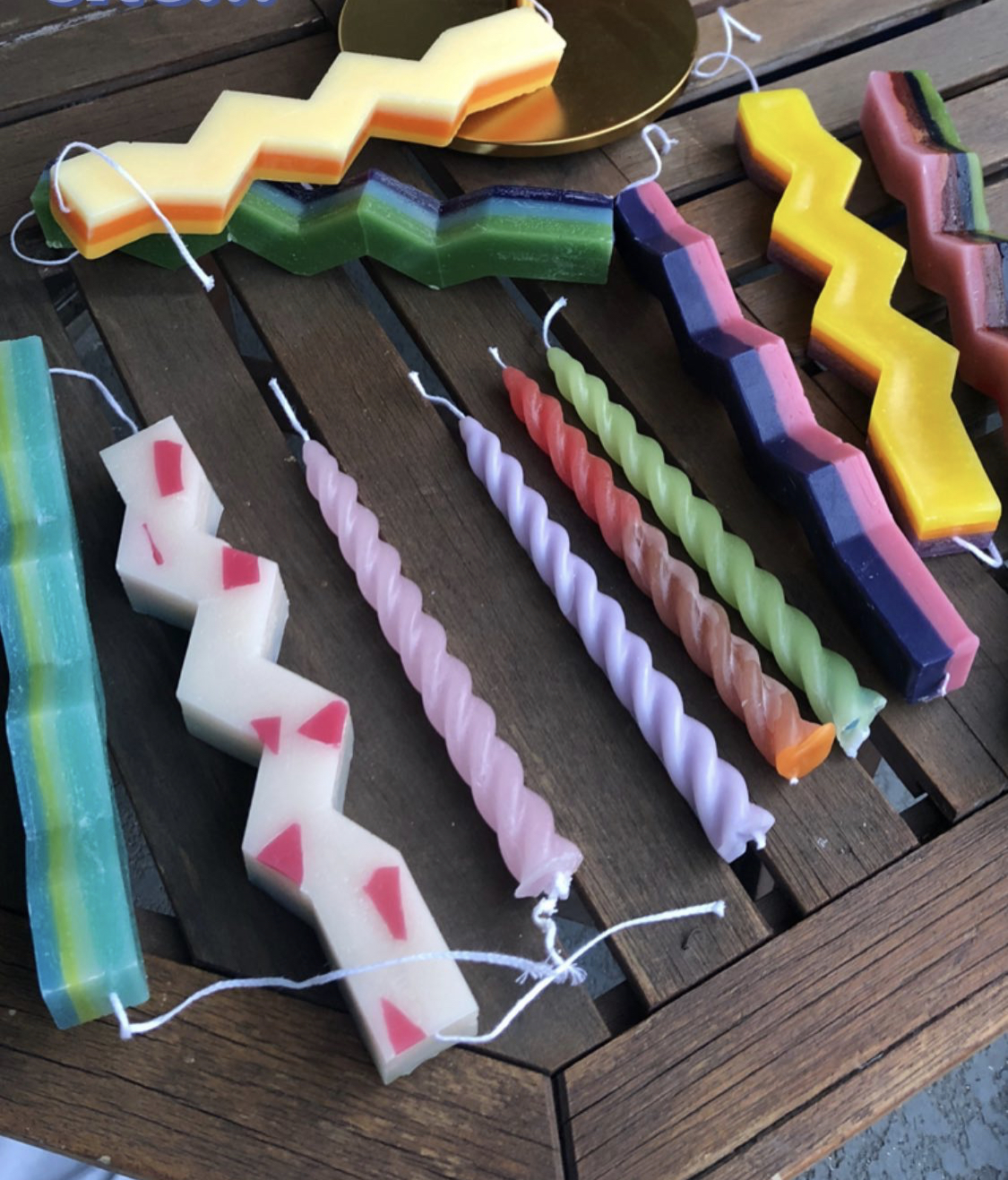
Quarantine has brought out the inner Martha Stewart in most of us, candle-making included. Quirky candles with interesting shapes and colors have been trending in a big way lately at home decor retailers. I'm an avid candle collector, but that hobby can get expensive with most unique candles ranging from $20 and up, so I decided to see if I could recreate them for myself.
What do you need?
Candle wax, a spool of wick, a candle mold, and optionally, fragrance oil for a scented candle and wax chips for color.
Some Tips:
Before you fill your cart with candle making supplies, figure out which kind of candle you're into: do you like more natural waxes like Beeswax or Soy? Or are you looking for a candle that holds shape more rigidly with a longer burn time? Paraffin wax is less expensive and easier to find, and will also burn longer than soy or coconut blends. The same also goes for your wick: for the type of pillar candles that I made, I used hemp wick which supposedly burns cleaner.
I learned that everything is easier with a candle pourer. It seems like a relatively simple tool, but it makes the world of difference when you're pouring hot wax into a smaller candle mold (I burned myself once using a regular pot and it wasn't fun). Next, test out different waxes. I used beeswax and paraffin during my experiment and realized that although beeswax took pigment easier, it didn't hold up as well when burning. Parrafin became my wax of choice.
Final Thoughts:
Out of all of my quarantine DIYS, this was the most time consuming, but I felt that the usefulness of knowing how to make my own candles made it well worth it. These supplies aren't as easy to find, but Amazon has a great selection of basic candle-making products that makes it a more accessible activity. There are so many ways to customize your candle such as adding different colors and fragrance oils and switching up the molds; I plan on experimenting more on this front in the future. On a scale of 1 to 5, I gave this a solid 3 in terms of difficulty because although it's not difficult to make, it takes considerable trial and error to find the right combination of wax, color, wick, and fragrance that fits your needs.
Difficulty: 3/5
Shop Candle-Making Supplies:
Shop Candle Holders:
Next up, I’m 39, And My Fashion Icon Is 78—And These Are All The Things I’m Buying.
Indya Brown is a fashion editor, stylist, and writer living in Los Angeles. After graduating in 2016, she joined The Cut as a fashion assistant, eventually working her way up to fashion editor. While New York has been her home for over 10 years, she moved to Los Angeles in the midst of the pandemic in 2020 for a new chapter where she started working at Who What Wear, focusing on emerging designers, rising trends on and off the internet, interior design, and BIPOC creatives and brands. Aside from her work at Who What Wear, Brown is also a freelance stylist and writer, working on national print and video commercial campaigns for Sephora, The Independent, and Cadillac. Her bylines also include Harper's Bazaar, Vox, and The New York Times.
